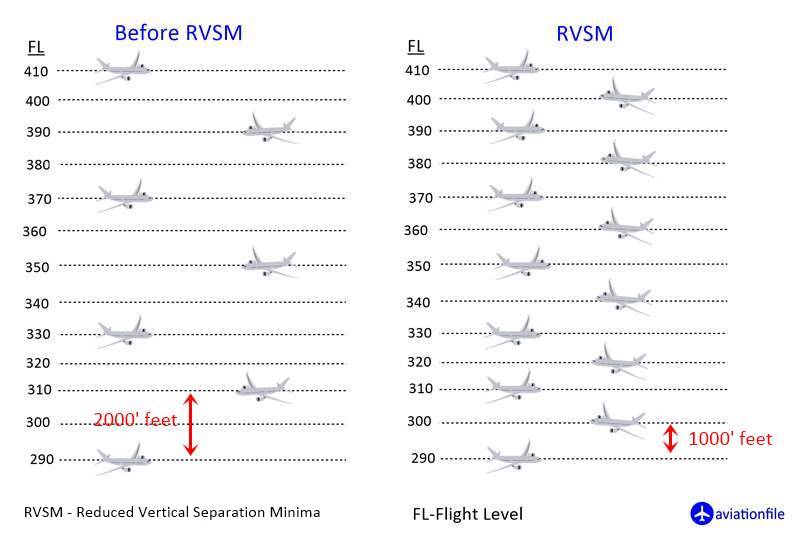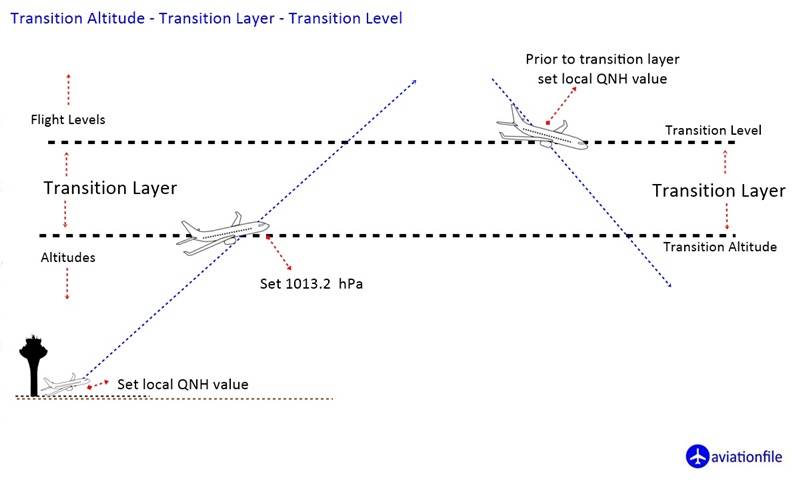Flight Level Allocation Rules: Semi-Circular and Quadrantal Systems Explained
In aviation, ensuring safe vertical separation between aircraft is paramount. One of the key methods used globally is the application of standardized flight level allocation rules, primarily the semi-circular rule and the quadrantal rule. These systems guide pilots and air traffic controllers in assigning altitudes or flight levels based on magnetic track, maintaining orderly and conflict-free skies.
Whether you’re a student pilot, flight dispatcher, or seasoned air traffic controller, understanding these rules is essential for safe and compliant flight operations.
What Is a Flight Level?
A Flight Level (FL) refers to a standardized altitude based on the international standard atmosphere (ISA) with a pressure setting of 1013.25 hPa (29.92 inHg). It is used above the transition altitude, where pilots switch from local QNH altimeter settings to the standard pressure setting (QNE).
Example: FL350 = 35,000 feet based on standard pressure.
The Semi-Circular Rule (ICAO Standard)
The semi-circular rule is the globally accepted standard as per ICAO Annex 2, used in most controlled and uncontrolled airspace worldwide. This rule assigns flight levels based on the aircraft’s magnetic track.
🔄 Eastbound vs. Westbound
- Magnetic track from 000° to 179° (Eastbound)
➤ Use odd-numbered flight levels:
FL190, FL210, FL230, FL250, FL270, FL290, FL330, FL350, etc. - Magnetic track from 180° to 359° (Westbound)
➤ Use even-numbered flight levels:
FL180, FL200, FL220, FL240, FL260, FL280, FL320, FL340, etc.
These are typically separated by 1000 feet, ensuring conflict-free flight paths when standard altimeter settings are in use.

The Quadrantal Rule (Used in UK and some Class G airspace)
The quadrantal rule is a legacy system still used in some Class G (uncontrolled) airspace, particularly in the United Kingdom and other regions not fully aligned with ICAO standards for VFR flights below the transition altitude.
🧭 Quadrantal Heading Divisions:
| Magnetic Track | Assigned Altitudes (feet) |
|---|---|
| 000° to 089° | 3000, 5000, 7000, 9000, etc. |
| 090° to 179° | 4000, 6000, 8000, 10000, etc. |
| 180° to 269° | 3500, 5500, 7500, 9500, etc. |
| 270° to 359° | 4500, 6500, 8500, 10500, etc. |
The key principle remains the same: vertical separation, but with finer heading resolution and altitudes (not flight levels) below transition altitude.
Transition Altitude and the Switch to Flight Levels
- Below the transition altitude → Aircraft fly at altitudes based on QNH.
- Above the transition altitude → Aircraft fly at flight levels based on QNE (standard pressure).
This shift helps standardize aircraft vertical positioning across FIR (Flight Information Region) boundaries.

Regional Differences
- ICAO Member States (including the USA, EU, Australia, etc.): Use the semi-circular rule.
- UK and NATO Military: May use the quadrantal rule in some operations or VFR scenarios.
- Transition altitudes vary by country: From 3000 ft (UK) to 18,000 ft (USA).
Always refer to national AIP (Aeronautical Information Publication) for current rules.
Practical Implications in Flight Planning
- Conflict Avoidance: These rules reduce the risk of mid-air collisions by pre-defining level allocation.
- ATC Coordination: Controllers use flight levels to manage vertical separation in radar-controlled environments.
- Pilot Awareness: Pilots must ensure their flight plan aligns with proper FLs per direction and airspace class.
Common Mistakes to Avoid
- Using true track instead of magnetic track.
- Not adjusting FL when crossing FIR boundaries with different transition levels.
- Flying incorrect FL in RVSM (Reduced Vertical Separation Minimum) airspace without certification.
Recommended Article: RVSM – Reduced Vertical Separation Minimum
Conclusion
Understanding and applying the semi-circular and quadrantal flight level allocation systems is crucial for both safe and efficient flight. As airspace becomes more congested, compliance with these rules ensures harmony between aircraft and the air traffic control system.
Whether you’re climbing through FL180 or cruising at FL340, remember: altitude awareness is altitude safety.


